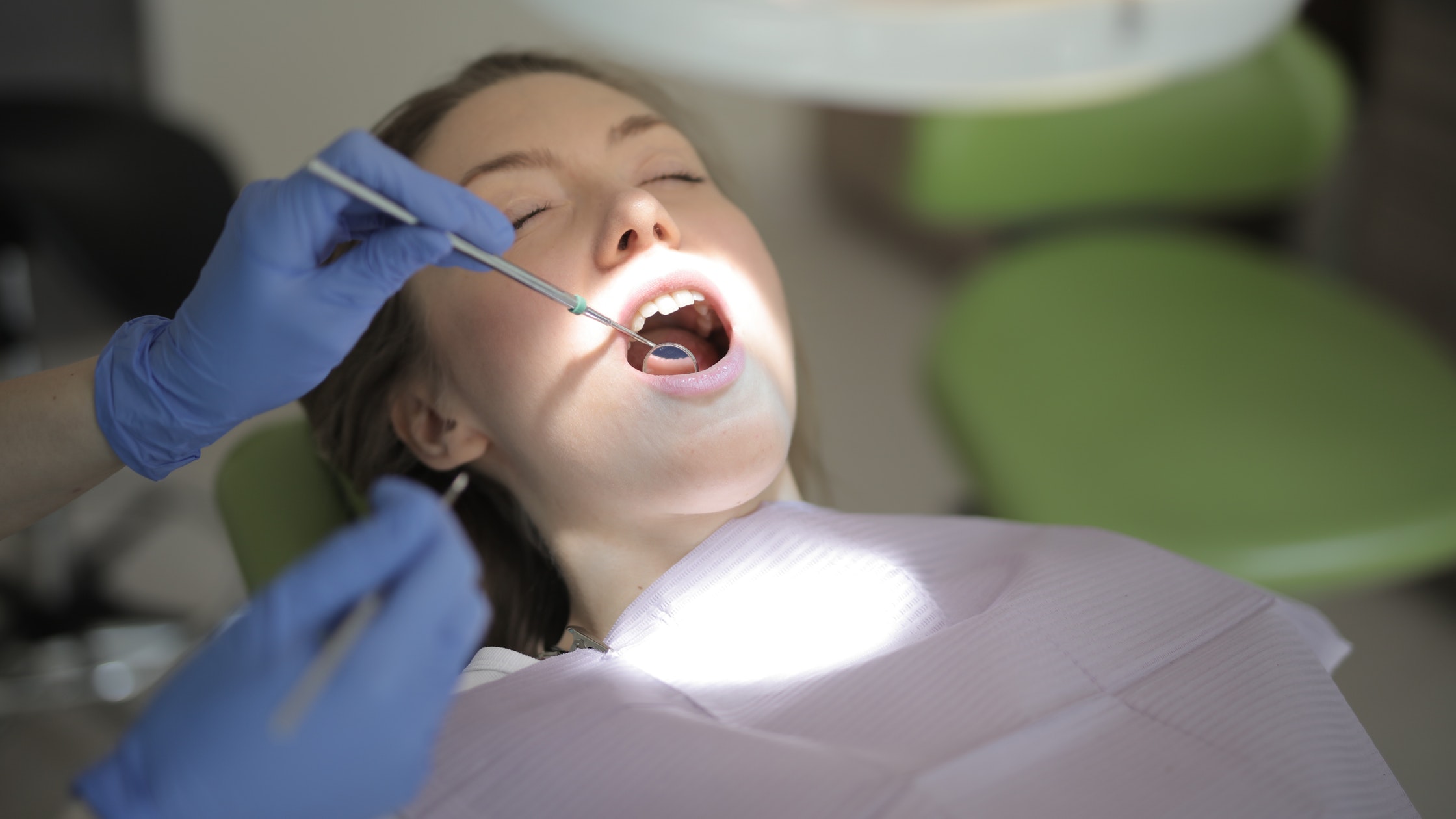Sometimes, we need dental procedures to create a healthy oral environment. It will furnish proper support and retention for the tooth and prevent the development of forces or processes that harm the remaining teeth and supporting tissues. Generally, dentists perform any of the listed dental procedures for a person with a dental problem. These procedures may fix the issue or give some relief to the problem.
Here, we can discuss various dental procedures, materials used in dental procedures, and other in-depth concepts.
What Are The Different Materials Used In Dental Procedures?
Dental procedures make use of various chemicals. In dentistry, they design fillings, crowns, and other tooth restorations with different effective metal combinations.
Following are some materials used in dentistry.
- Amalgam: It is the material for filling. Amalgam is a sealant made of silver particles, tin, and copper allied with mercury. The essential characteristics of this material are longevity and mechanical endurance.
- Composite: These composite resins are the first choice in conservative restorative dentistry. We use this in pulp protection and other adhesive techniques to seal crowns and bridges permanently.
- Glass Ionomer: Glass ionomer is the temporary fillings material for deciduous teeth. Sometimes, use this in the permanent sealing of crowns and bridges.
- Gold: In dentistry, gold alloys are an ideal material for their harmlessness, precision, and rigidity. It is the commonly used material for posterior reconstructions. Grey gold is the most preferable because it is less visible.
- Ceramics: It offers vast aesthetic possibilities and ceramic restorations and is the material of choice in fixed prosthetics – for crowns and bridges. One drawback is that this material is solid and can sometimes fracture.
- Steel (chrome-cobalt): Steel (chrome-cobalt) is the material we use in removable prosthetics for frameworks and clasps.
- Titanium: Titanium is the material used in implantology due to its anti-allergic qualities. It is applicable with removable prosthetics too.
- Acrylic resin: Acrylic resin is the essential material for making the artificial gingiva in removable dentures.
- Zirconium: Zirconium is the material we use to design the framework of fixed prosthetics. It has had wide application in dentistry for the last 20 years. It is popular due to its biological compatibility and aesthetic properties. But, one drawback is that it is expensive due to the advanced technology it requires.
- Tooth bleaching products: We use tooth bleaching products to optimize the aesthetics of yellowed front teeth. It includes carbamide peroxide gel- for night use and carbamide peroxide gel – for daytime use.
- Endodontic: These are the products and drugs we use for root treatments. They will prolong the vitality of the tooth.
Dental Procedures: Cleanings And Regular Examinations
Following are the most common dental procedures.
- Teeth cleanings: This is the most common reason people visit a dentist. Cleaning your teeth every six months is essential and beneficial, and you can also do that once a year. It is the most needed one for oral health. Our toothbrush alone cannot do that perfectly. An annual or semi-annual visit for teeth cleaning keeps your teeth healthy, bright, and strong.
- Teeth whitening: Teeth whitening is a discomfort-less process like cleaning. It is an easy and effective procedure that most dental offices can do. The only issue with this procedure is that some people feel sensitive to the whitening agents. It is not easy to do this whitening at home with whitening kits. It involves extra time and effort. It is better to consult your dentist and do that. Bleaching is quicker and safer in dentistry when professionals do it. Most dentists use special hydrogen peroxide gel and a light source for teeth whitening.
- Extractions: Patients feel scared and painful when hearing about extraction. Yes! Of course, it is not a pleasant procedure. But extraction is needed in some severe cases, and your dentist will do that to help you feel comfortable. You may need extraction for various reasons. Nothing to worry about an extraction, Because, When having a tooth pulled, they make you unconscious or thoroughly numbed before. So you would not be able to feel anything. Extractions are needed in some exceptional cases to prevent further pain.
- Veneers: Dentists suggest you veneer if your teeth become crooked or discolored. It is a popular solution to the most common tooth problems. Generally, veneers are thin coverings placed over the front areas of the tooth or set of teeth. The ultimate purpose of this veneer is to correct the imperfection. This procedure is painless for patients and easy for dentists to perform.
- Fillings: Cavity is a common issue that most people face. It is easy to get cavities. For most cavities, a filling is a perfect procedure. Your enamel breaks down too often when it comes in contact with acids and sugar content from your food. Filling the cavities is a quick and easy procedure. Dentists will numb the particular area before the filling. This dental procedure takes about an hour to finish.
- Crowns: If your cavity is too severe or the upper part of the tooth has severe decay, crowns can be a solution. To fix a crown, you need to visit your dentist two times. In the first visit, the dentist will take a molding of the affected tooth to craft a fitted crown that covers the decayed area. Nowadays, many places use a special x-ray and computer combination to take photos and craft a crown right. On the second visit, Your dentist will fit the crown, which is usually a painless procedure.
- Root canal: Root canals cause some pretty awful tooth pain. It is a needed procedure when the tissue inside or under your tooth becomes infected and inflamed. To get rid of the pain, the dentist performs a root canal in which they deaden the nerve and remove the tissue. They will numb the portion before the root canal procedure.
- Braces/Invisalign: Nowadays, people are away from traditional braces and towards Invisalign. People use this to straighten and correct crooked teeth, as straighter teeth are healthier and easier to maintain. The classic and old Braces use metal and other materials to tighten the teeth in the perfect place. Another method of using Invisalign is less visible and slower acting. Still, it is an effective method that replaces the teeth in place. The procedure that fits braces will leave an ache but not too extreme.
- Bonding: This is the method for repairing damaged or chipped teeth. This procedure involves a resin (a sort of plastic) that your dentist tints to match the natural shade of the teeth. It is a less invasive method than others for minute imperfections. The resin needs several layers for safety. After the drying process, they polish and clean the area to fit naturally into the tooth.
- Dentures: Dentures are helpful for aged people and others in some cases. They replace the teeth naturally and are typically removable. Fitting a denture is a simple procedure, and it takes a while. But in the end, it is worth it to have the entire set of working teeth again. You can resume your life activities again with these natural-looking teeth.
What Are The Cost-Effective Dental Procedures?
People always judge another person by their physical appearance. These dental procedures can restore your beautiful smile and appearance.
- A dental crown improves the appearance of your mouth and smiles on a low budget. This affordable dental procedure brings back your smile if you lose your tooth accidentally.
- Are your teeth becoming yellow due to tartar or smoking, or do you want to attend a wedding or other party with a sparkling white smile? Then teeth whitening is the best and pocket-friendly option.
- Are you worried about your chipped or cracked teeth, or do you have gaps between your teeth? A dental bonding procedure helps you rebuild your teeth structure, improves strength, and fills the gaps left by cavities at a low cost.
- Placing veneer on the top of damaged teeth to make the appearance good is also a budget-friendly procedure.
- Tooth reshaping or contouring is a cheap and painless procedure that improves your smile. Dentists do smoothen with a special drill in your budget.
Which Dental Procedures Hurt?
Root canal dental procedure is one of the most painful procedures. Even though dentists use some local anesthesia to reduce the pain, it causes severe pain after the procedure. The root canal procedure includes examining the patient’s mouth with X-rays and determining the severity of the infection and the number of teeth infected. You need to use prescribed antibiotics for a day or two to minimize the pain and post-surgery infections. Root canal procedures need proper care while doing it and after completing it too. Otherwise, this may cause an abscess to develop and spread further. It will be more painful than you can bear.
In tooth extraction, dentists use anesthesia to numb the affected area. You will not feel any pain during the pulling procedure. But you might feel severe pain after the anesthesia wears off.
Conclusion
If you fail to clean your teeth effectively and frequently, it may lead to plaque growth and gum disease. These diseases may cause loss of teeth. Regular Cleaning and regular examinations are essential to maintain perfect oral health. Otherwise, it may lead to painful reactions like root canal analysis, dental, crown, filling, etc. Maintain a hygiene routine and keep smiling!.









